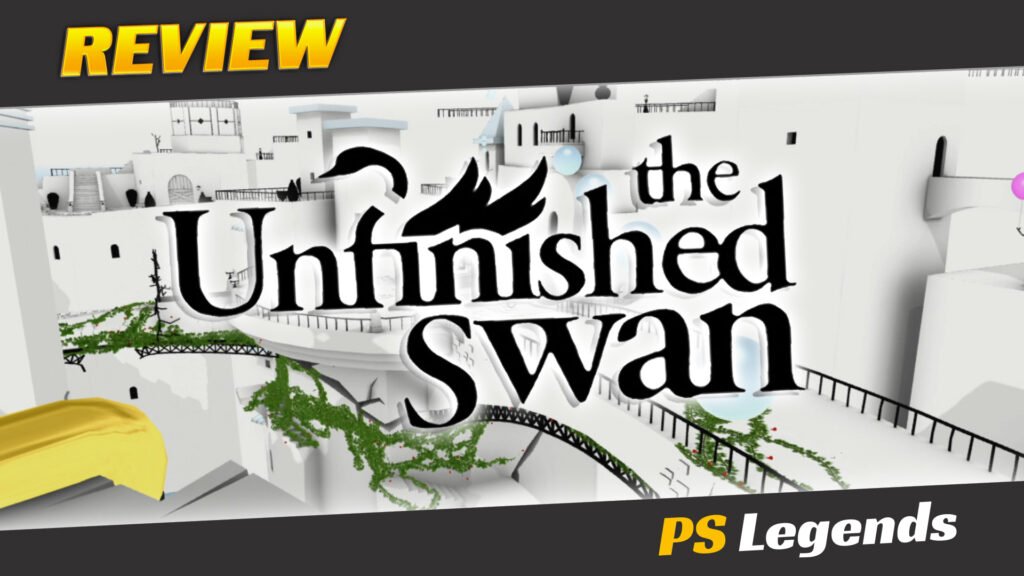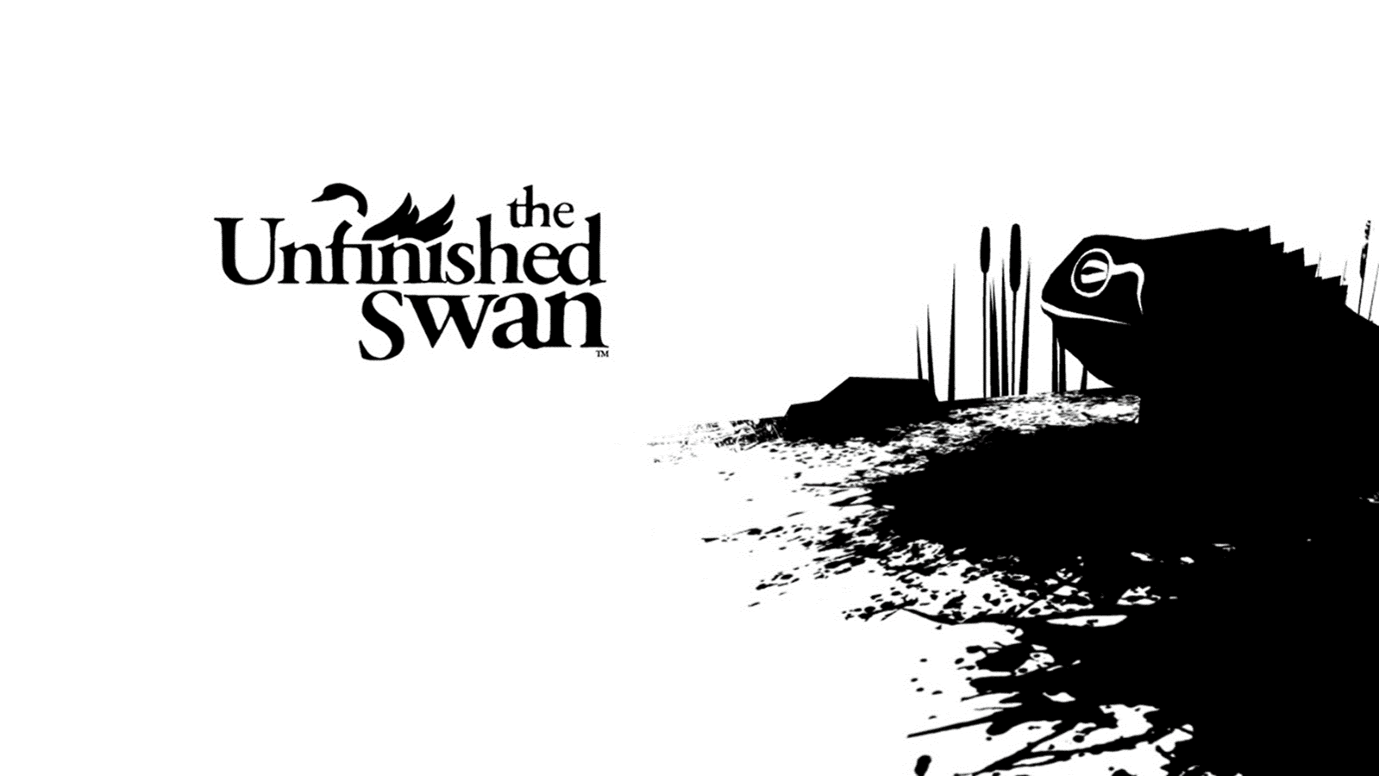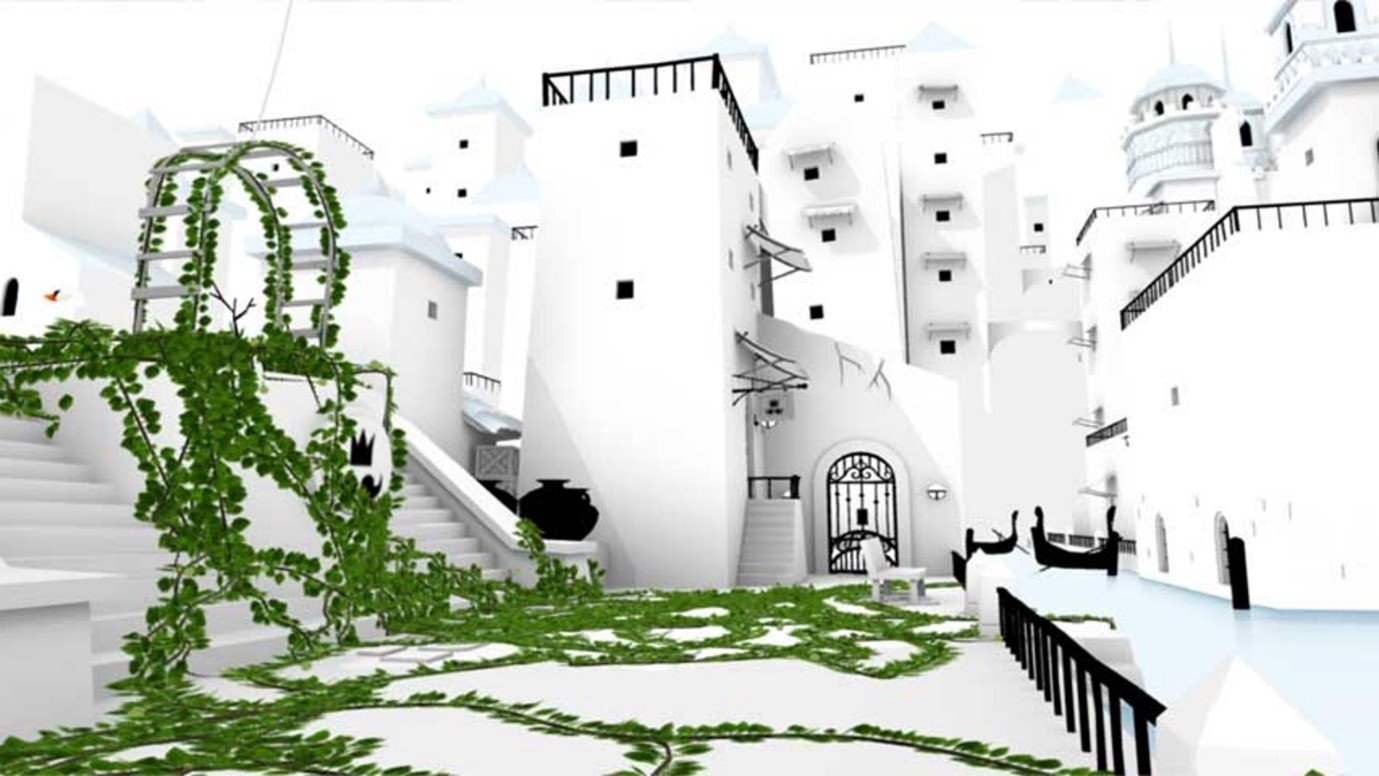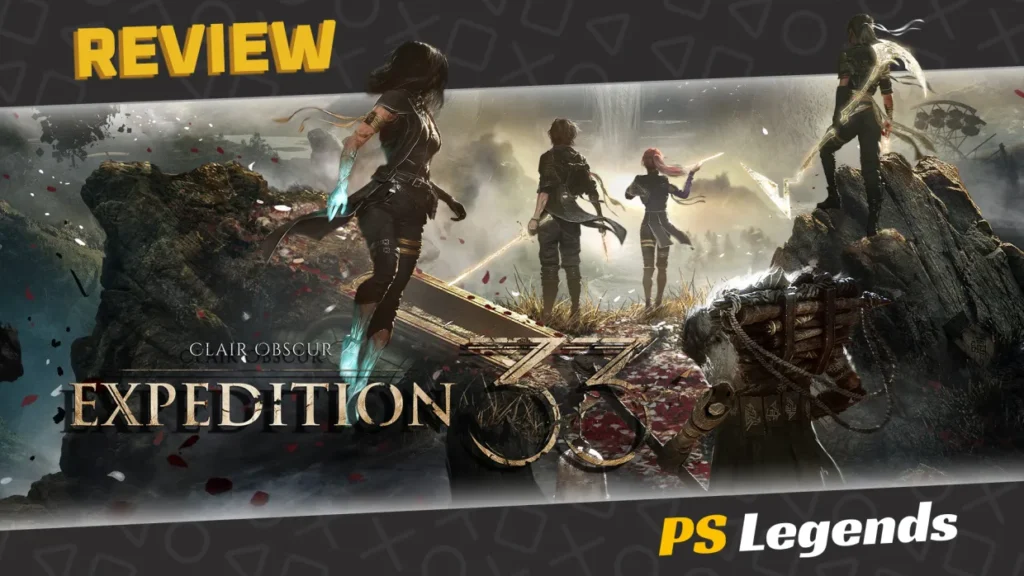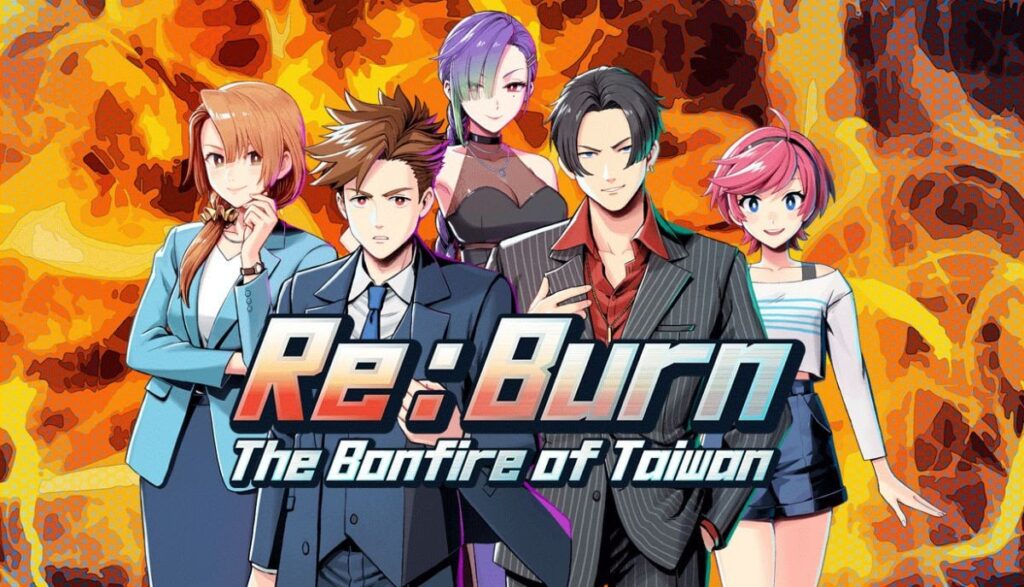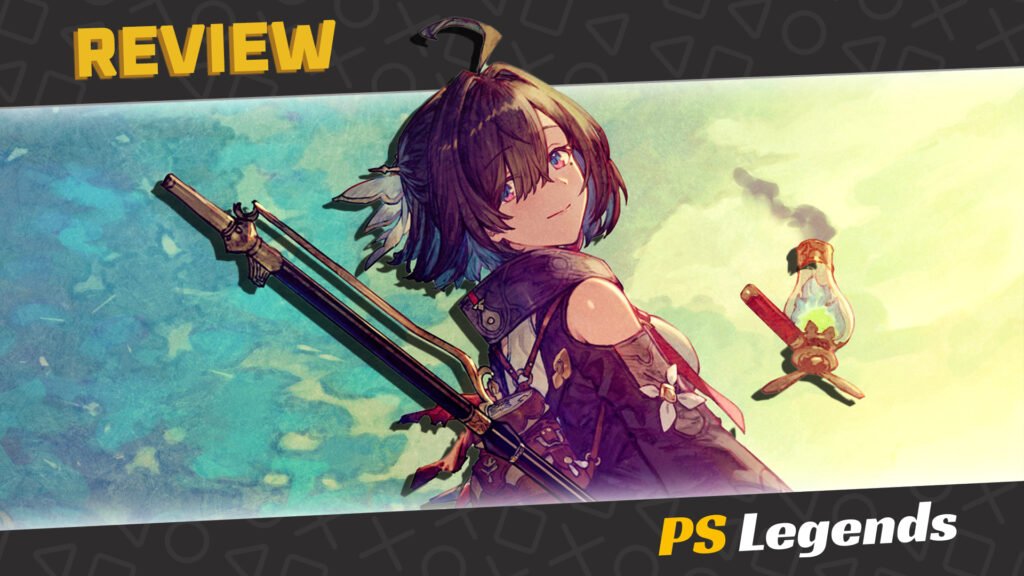Ah, The Unfinished Swan. Now there’s a game worth talking about. Never has a game captured my imagination quite like this little marvel. Getting to play through it a second time on PS4 after finishing the prior PS3 version was nothing but a pleasure.
On This Page
Introduction
The Unfinished Swan is a first-person adventure game, developed by Santa Monica Studio and Giant Sparrow, published by Sony Computer Entertainment for the PlayStation 3 in October 2012. The PlayStation 4 and PlayStation Vita versions of the game, which were ported by Armature Studio, released two years later in October 2014.
The game is centred on the thrill of adventure from exploring the unknown. The Unfinished Swan was advertised and marketed as a first-person ‘painter’, a genre that doesn’t really exist, but one could argue such an obscure game is deserving of an obscure genre. The game has a very abstract, art-house vibe; a vibe which the game constantly flaunts throughout.
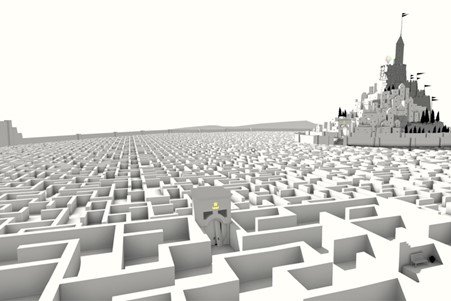
Story
Monroe (voiced by Nicholas Marj) is a young boy whose mother has recently died. She was a painter who is infamous for having never finished a painting, creating over 300 incomplete works. Monroe is told by his orphanage that he is only allowed to keep one of her paintings, so he chooses her favourite, a painting of a swan missing its neck.
One night, Monroe wakes up to find the swan has escaped its painting, and so he follows it until he finds himself in a mysterious world resembling a blank canvas. With the help of his mother’s magical paintbrush, Monroe begins to explore the painted world as he chases the swan.
He soon discovers the remains of a vast, deserted kingdom, where he learns that this land was once ruled by the King who used his power to build the kingdom. However, due to a combination of his negligence, greed, and incompetence, all of the King’s subjects became fed up with his rule and abandoned him, leaving for lands unknown.

Gameplay
After the introductory narrative, the game switches to a first-person perspective, beginning in a white space, in which the protagonist, Monroe, must chase after the titular swan but first he’ll have to find it. Pure white swans tend to camouflage into white surroundings particularly well.
The world is revealed by throwing blobs of black paint into the open space in front of you which, upon contact with a surface, will splatter against it, revealing its size and shape to the player. This is the game’s primary gameplay mechanic and using the features of the paintbrush will be your driving force in the game.
As you progress through the abandoned kingdom’s districts, you’ll find fewer whitewashed environments and more environmental puzzles, and the paintbrush takes on a secondary purpose after absorbing water. The player can splash it around, cleaning whitewashed surfaces, feeding plants and moving objects to solve small challenges in your way.
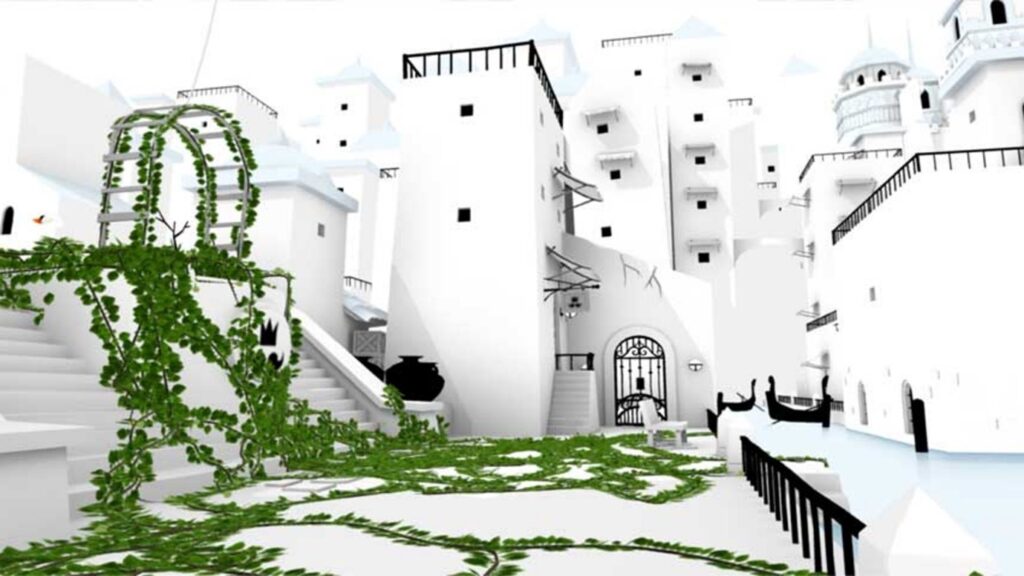
Graphics/Sound
The visuals are undeniably minimalist, yet every care has been taken to ensure every blob of paint splats with realistic precision, every creature you encounter is beautifully animated and every platform reacts to your movements as it should.
Voice acting is of a suitably high standard and performed with delightful charm. The endearing narration and Monroe’s excited gasps pave the way for your encounter with the King, who is voiced by cinema legend Terry Gilliam himself.
The score to The Unfinished Swan, composed by Joel Corelitz, mixes electronic music with a string orchestra and string quartet. The orchestra and string quartet were recorded in Nashville at Ocean Way Studios by the Nashville Music Scoring orchestra. The music often provides hints to the player by changing in style as the player makes progress through the puzzles.
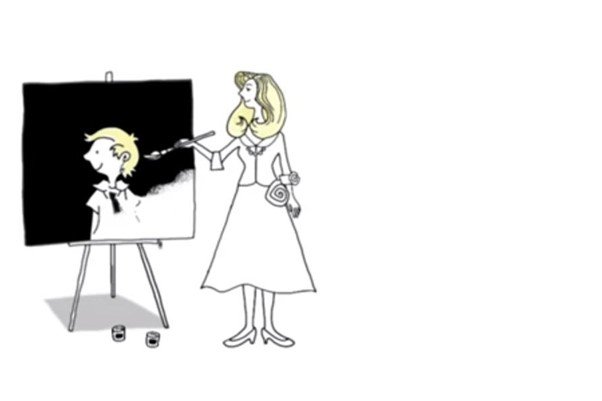
Replayability/Trophies
For those tempted to explore every nook and cranny of The Unfinished Swan’s inviting world, there are many secrets and rewards to find. Throughout the game, 64 colourful balloons are hidden, some in plain sight, others requiring more attention. Once you’ve finished the story, you gain access to the Balloon Radar, which visually indicates the proximity of the next balloon.
There is also a Chapter Select, so none of the trophies are missable. You may choose to have a blind playthrough first and clean up the collectibles later, in which case you can use your new Balloon Radar to help you with balloon hunting. This gives the game a fun new hot-and-cold treasure-hunting mechanic.
Once you’ve collected all the balloons, all the ‘Toys’ in the menu are available, which essentially act as little gameplay modifiers. For example, the sniper rifle toy allows you to shoot blobs of paint over longer ranges and in rapid succession.
What you won’t want to hear is that no matter which version of the game you play, none of them include a platinum trophy for some bizarre reason, and even 100% trophy completion is going to be something of a nightmare.
Once you’ve unlocked everything, found every secret (grab a guide) and unlocked every other trophy, the bravest among you might be tempted to tackle the ‘Minimalist’ trophy, representing the biggest challenge of the game. It requires you to clear the first area of the game without throwing more than three balls of paint. This is just too cruel.
Since the initial game levels are pure white, navigating through them without a lot of paintballs is insane since you are essentially blind while walking through the level, having almost no idea where anything is located.
This is the hardest trophy in the game, and for many may be the reason they don’t achieve 100% completion since it requires total dedication, discipline, and perseverance. Yes, I quit.
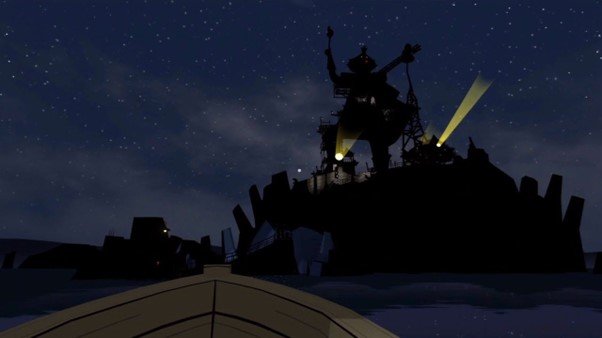
Conclusion
The Unfinished Swan feels like an interactive children’s book, and not just because of its page-like opening and character introductions. You could describe it as a walking simulator or a first-person puzzle game, but in reality, it’s a fusion of both, with presentation that completely redefines even this gameplay description.
It’s something that goes beyond our expectations and feels all the more spectacular because of it. It’s a game unlike anything that came before (or after) and, as such, is something of an original rarity. It’s special. It’s precious. It’s extraordinarily beautiful.
Joys
- Clever world-building
- Beautiful story
- Crisp visuals
Cons
- Some very mean-spirited trophies
- No platinum
